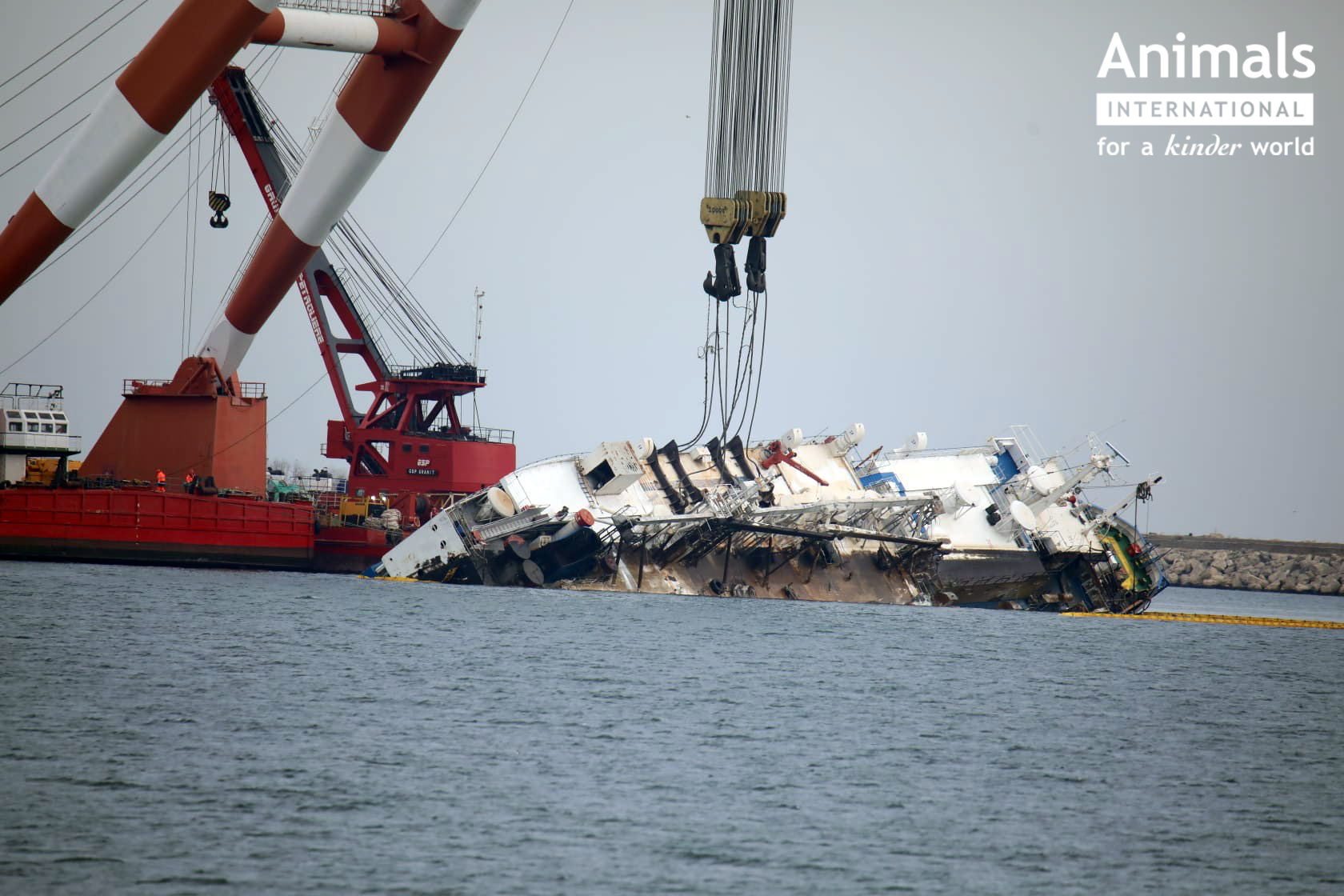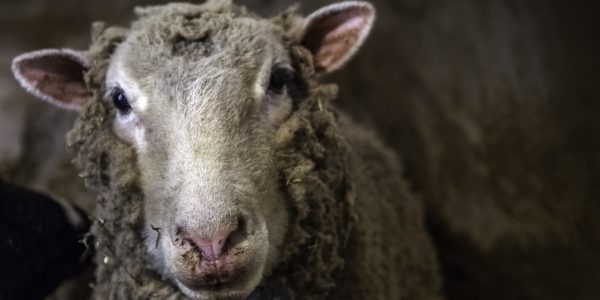But it’s not an isolated tragedy for an industry defined by a litany of disasters.
Just last year the world watched on in horror as another live export ship — the MV Queen Hind — capsized off the coast of Romania. It took global attention and an international outcry to convince the Romanian government to mount a rescue effort — but by then, it was too late.
Most of the sheep — some 14,420 — went down with the ship. It was later discovered that thousands more animals had perished on this vessel when the company tasked with its recovery found ‘secret decks’ on board.
This is the nature of the global live animal export trade. At ‘best’, animals are confined in cramped and stressful conditions, living in their own excrement for days and weeks on end. At ‘worst’, all those on board — people and animals — are at the mercy of climatic extremes — be it heat, storms or high seas.
And there is nothing more vulnerable than an animal on a live export ship in the middle of the open ocean … especially when things go terribly wrong:
- 2020: 5,867 dairy cows and 41 people disappear — presumed dead — when the MV Gulf Livestock 1 disappears in a typhoon near Japan
- 2019: More than 14,000 sheep drown when the MV Queen Hind capsizes near Romania
- 2015: More than 3,000 animals drown when a cargo ship sinks while on en route from Somalia to the United Arab Emirates
- 2015: Nearly 5,000 cattle drowned when the MV Haidar capsized and sank while berthed in Barcarena, Brazil
- 2009: the MV Danny FII capsizes near Lebanon drowning 17,932 cattle, 10,224 sheep, and 44 people.
And this is just a small selection of devastating incidents — between mechanical failures, trade disputes and shipment rejections, animals in the live export industry have been left to suffer the ultimate consequences of this high-risk trade that will stop at nothing in its pursuit of profit. And as industry whistle-blowers have revealed, it’s a trade as dangerous for the animals as it is for the poorly-paid seafarers working on board.
Animals dying on ships is the ‘cost of doing business’
The death of animals at sea is nothing new. In fact, it’s the cost of doing business for live exporters. Whether from Australia, Europe or South America — animals die on every live export journey. These deaths are so routine they don’t make the news. But the experience and the suffering of these individuals — millions of them over decades — is very real.
Our friends at SAFE in New Zealand have been working tirelessly to end the live export of pregnant dairy cows and sheep from that country for many years. They have already achieved a ban on the export of animals for slaughter — this latest disaster should surely be the catalyst needed to end the export of vulnerable ‘breeding animals’ too.








